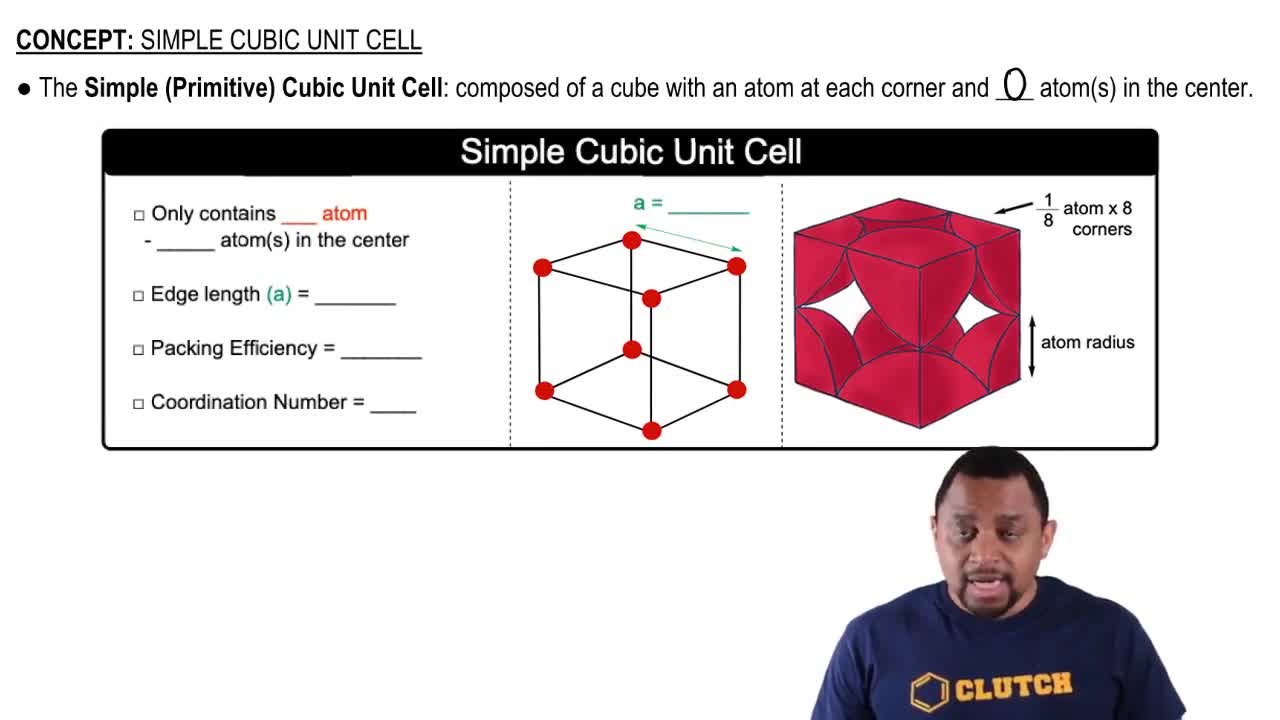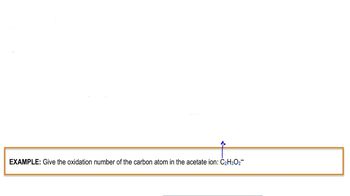Textbook Question
Molybdenum crystallizes with the body-centered unit cell. The radius of a molybdenum atom is 136 pm. Calculate the edge length of the unit cell and the density of molybdenum
 Verified step by step guidance
Verified step by step guidance



Molybdenum crystallizes with the body-centered unit cell. The radius of a molybdenum atom is 136 pm. Calculate the edge length of the unit cell and the density of molybdenum
Rhodium has a density of 12.41 g/cm3 and crystallizes with the face-centered cubic unit cell. Calculate the radius of a rhodium atom.
Barium has a density of 3.59 g/cm3 and crystallizes with the body-centered cubic unit cell. Calculate the radius of a barium atom.
Identify each solid as molecular, ionic, or atomic. a. Ar(s) b. H2O(s) c. K2O(s) d. Fe(s)
Identify each solid as molecular, ionic, or atomic. a. CaCl2(s)